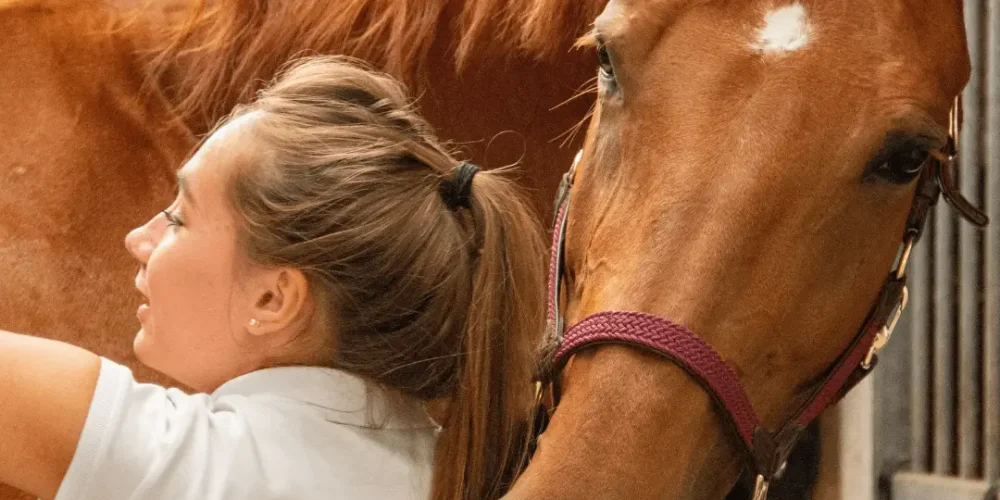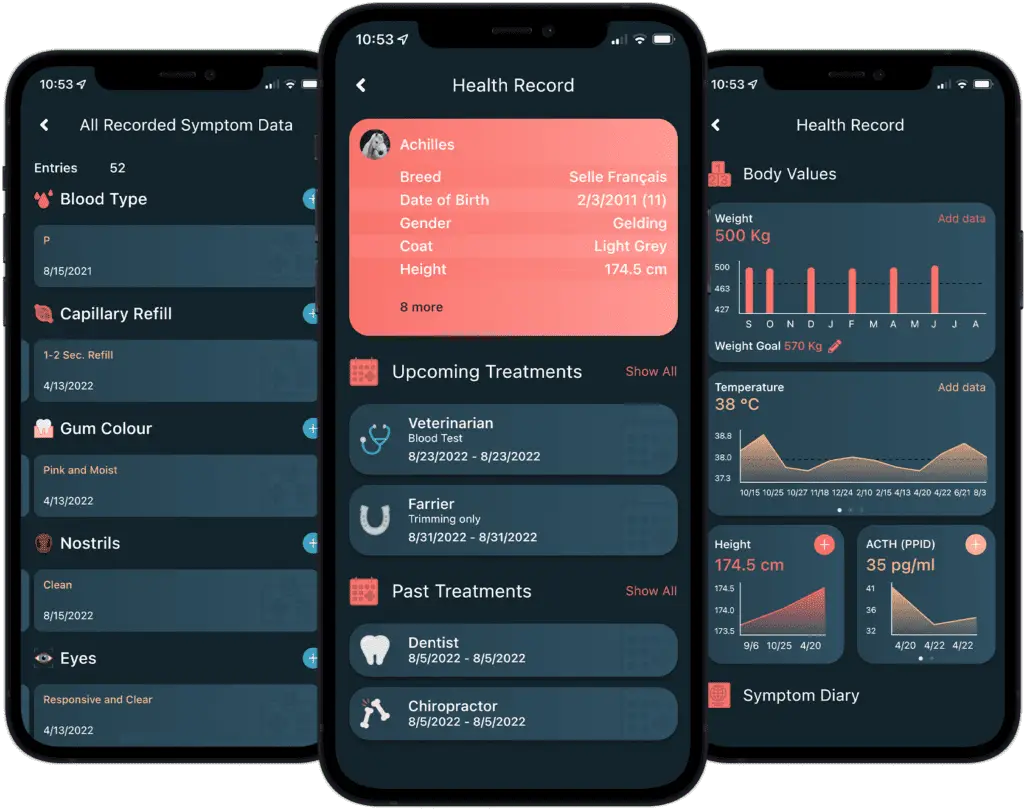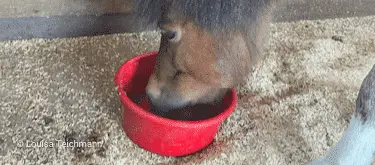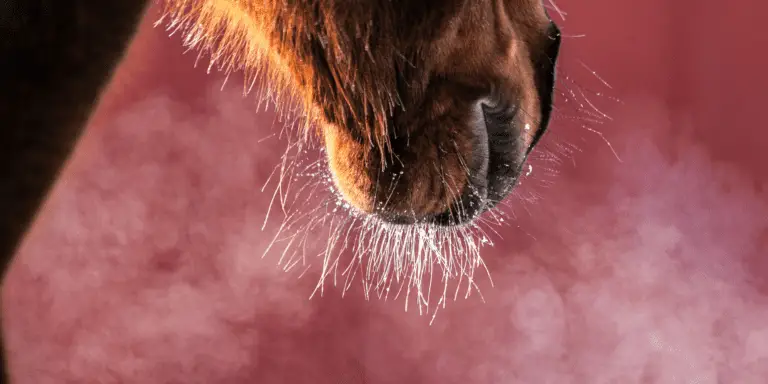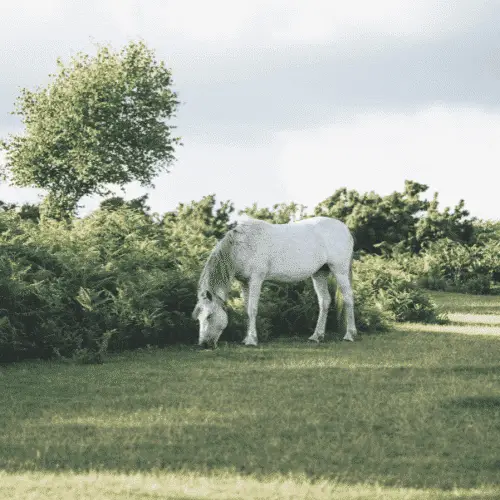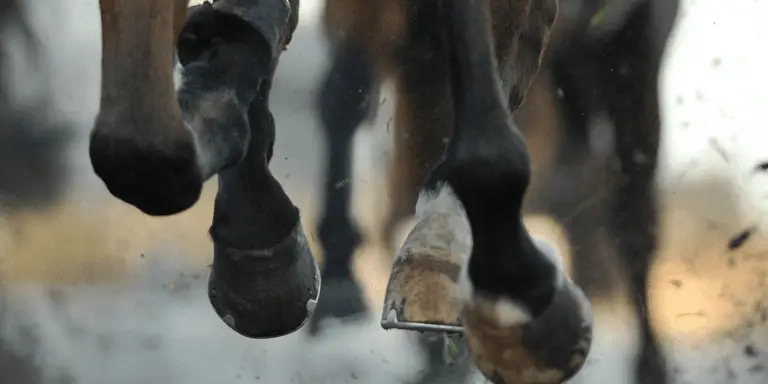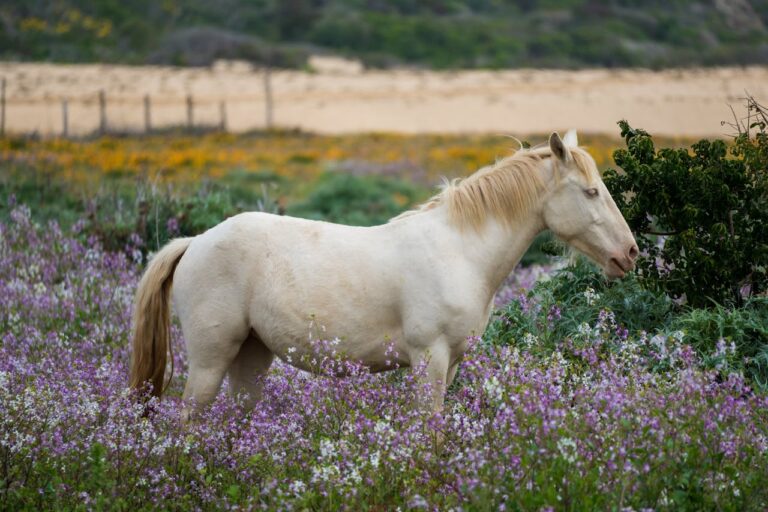
Symptoms on the Horse Head: Eyes, Ears, Nostrils and Gums
Watery eyes, discharge from the ears, swelling or gum colour give you information about possible infections or injuries. In this blog post you can read how to interpret these symptoms. What You Need to Know About the Horse Head Discharge

